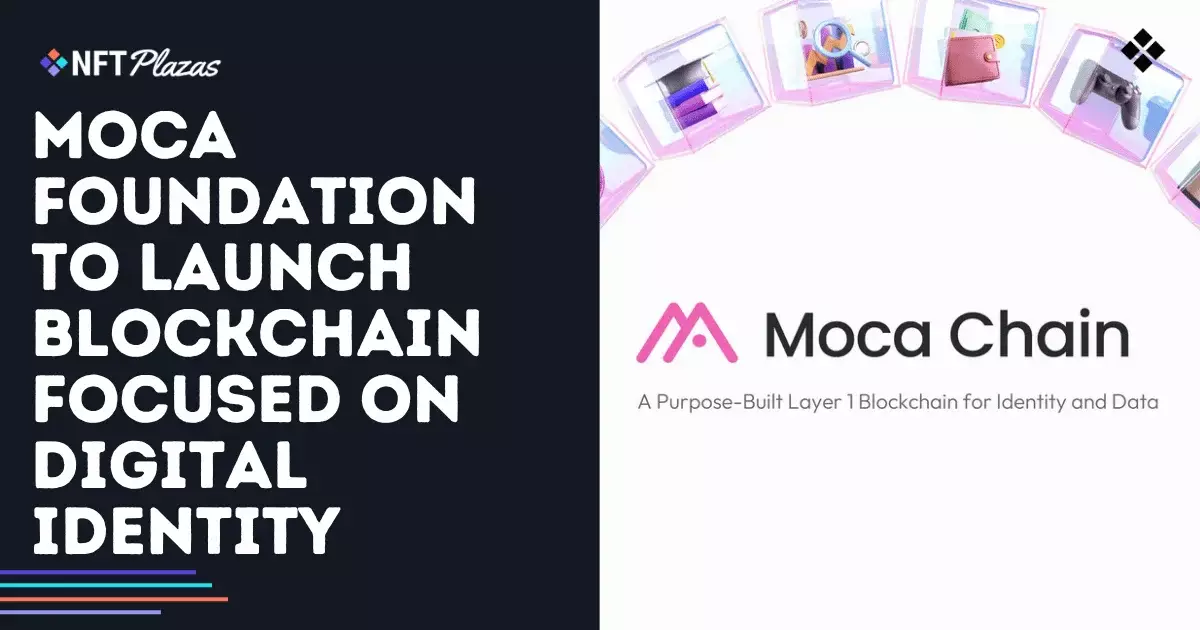Nitro Nation: World Tour (NNWT) emerged onto the mobile gaming landscape amidst much fanfare, promising a hybrid experience that marries high-octane drag racing with cutting-edge blockchain technology. On paper, this seemed to herald an evolution—a bold step toward integrating digital ownership into mainstream mobile games. Featuring licensed vehicles from marquee brands like McLaren and Aston Martin, NNWT found itself at the nexus of nostalgia and innovation, catering to both car enthusiasts and blockchain skeptics alike. Yet beneath the glossy surface lies a complex array of compromises and contradictions that demand careful scrutiny.
The core gameplay itself is designed to be accessible and fast-paced—race, shift gears perfectly, deploy nitrous—emphasizing timing and vehicle performance over steering. Such mechanics streamline the racing experience, making it ideal for quick play sessions and appealing to casual audiences. Meanwhile, the incorporation of optional NFT elements introduces a layer of genuine ownership; players can acquire digital cars and workshops as collectibles within the Mythos ecosystem. Crucially, Mythical Games’ stated philosophy ensures that blockchain participation remains optional, preserving a non-intrusive experience for those wary of cryptocurrencies.
While this enticing blend appears innovative, it inadvertently underlines one of the game’s core contradictions: the promise of true digital ownership versus the reality of a monetized progression treadmill. The integration is carefully designed to appeal to players’ desire for status and exclusivity, but its actual value remains questionable. High prices for NFT cars—some exceeding the cost of used real-world vehicles—reveal an overreach that risks commodifying gameplay, turning progress and skill into a matter of bankroll rather than talent. This tension exposes the game’s attempt to walk a tightrope between egalitarian gaming and the lucrative allure of blockchain-powered assets.
The Gameplay’s Surface Luster and Underlying Gaps
From a mechanical standpoint, NNWT impresses with its sleek visuals and authentic vehicles, capturing the visceral thrill of high-speed drag racing. The absence of steering simplifies controls, shifting focus toward perfect timing for gear shifts and nitrous activation—an arguably smart move that balances accessibility with skill. Features like pre-race burnouts, ghost races, and seasonal challenges add depth that can engage dedicated players, fostering a sense of progression through vehicle tuning and customization.
However, a closer examination reveals systemic issues that hinder long-term enjoyment. Player progression can often feel grind-heavy, incentivizing microtransactions that allow players to bypass tedious upgrades. Critics have pointed out that in practice, stats often overshadow individual skill, marginalizing the competitive aspect of multiplayer play. Lag issues and lengthy matchmaking times further mar the online experience, undercutting the game’s competitive aspirations. The monetization framework—particularly regarding high-priced NFT vehicles—raises alarms that the game values profit over genuine gameplay enhancement.
Moreover, while the game’s aesthetic fidelity and licensed cars are notable, they serve as a veneer masking deeper concerns. The NFT system, positioned as a bonus rather than a core mechanic, can sometimes feel like a superficial layer intended solely for marketing leverage. The game’s balance remains fragile; the allure of owning exclusive cars can distort player motivation, emphasizing collection over skill or community engagement. In the broader context of free-to-play games, this approach risks alienating purists wary of monetization tactics that prioritize profit over fairness.
Future Potential with a Cautionary Lens
Despite its flaws, NNWT’s ongoing development and regular content updates hint at a strategic intent to evolve beyond its initial launch. The developers’ emphasis on community features, social clans, and future expansions suggests a long-term vision rooted in sustained player engagement. The inclusion of new manufacturers, game modes, and regional race types—particularly hinted by the “World Tour” moniker—may diversify the experience and mitigate current repetitive elements.
Yet, the game’s future hinges on its ability to reconcile the promises of blockchain integration with responsible monetization. The current model risks creating a digital class system, where wealth disproportionately influences performance and ownership. To truly realize its potential as a platform for digital ownership, the game must implement tighter balancing mechanisms, transparent economies, and accessible entry points that do not incentivize excessive spending.
The enthusiasm for integrating blockchain technology with traditional gaming remains a double-edged sword. While it offers novel opportunities for player agency and ownership, it also opens the door to exploitative monetization if not carefully managed. NNWT could serve as a test case—either a cautionary tale or a pioneering blueprint—depending on how developers navigate these treacherous waters. Ultimately, the game’s success will depend on its ability to prioritize gameplay depth and fairness over superficial digital collectibles, respecting the core values of traditional gaming communities while cautiously embracing blockchain’s new frontier.
In essence, Nitro Nation: World Tour presents a compelling spectacle—a modern racing game flirting with revolutionary technology. Whether it transcends its current limitations and becomes a sustainable, player-centric platform remains a question only time and responsible development can answer.


Leave a Reply